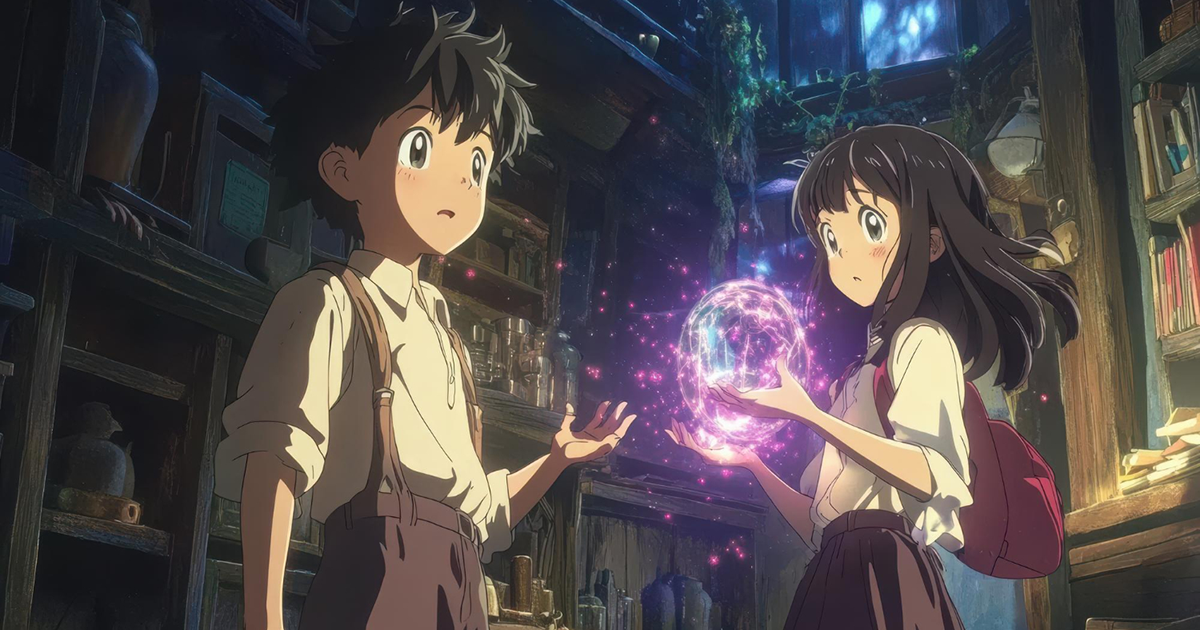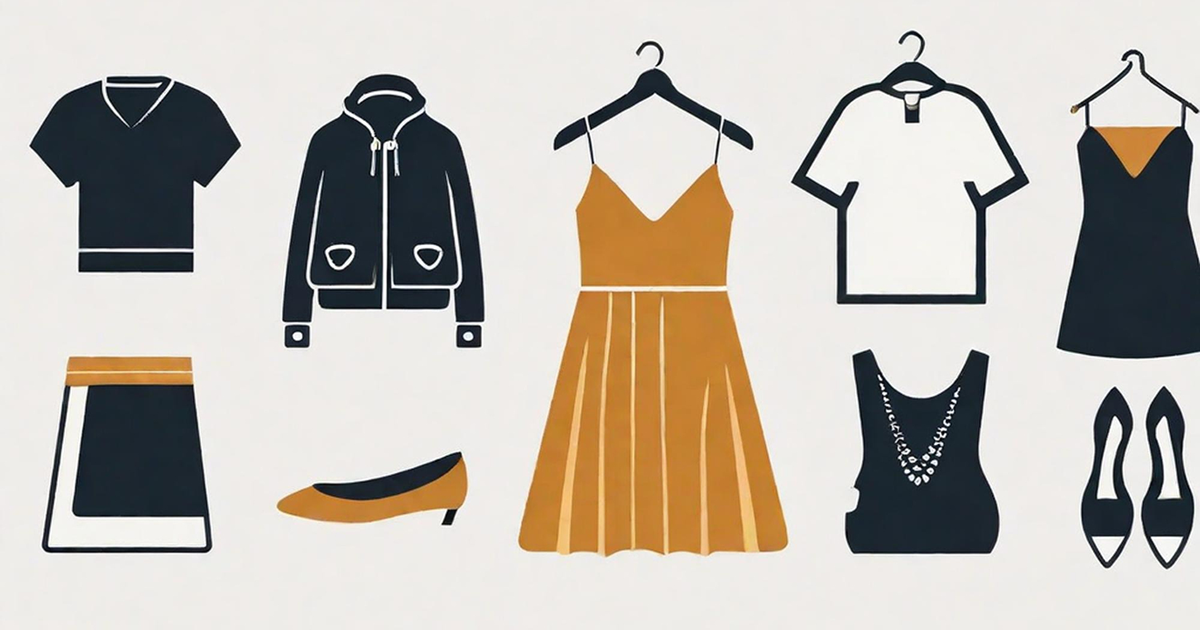
My Vagina is Broken
Introduction: The Taboo Topic of Vaginal Health When we think about health, many of us focus on physical fitness, mental well-being, and nutrition. Yet there’s […]

Introduction: The Taboo Topic of Vaginal Health When we think about health, many of us focus on physical fitness, mental well-being, and nutrition. Yet there’s […]

Introduction to Manga Manga has a magical allure that captivates millions around the globe. Whether you’re flipping through vibrant panels or getting lost in intricate […]

Introduction to Recycling Recycling is more than just a buzzword; it’s a vital practice that holds the key to a sustainable future. As concerns about […]

Introduction to the concept of taking a leap of faith Life is full of choices, and sometimes those choices can feel overwhelming. We often find […]

Introduction Navigating the tricky waters of attraction can feel like a full-time job. You might find yourself asking, “Does he really like me?” It’s not […]

Introduction: The Concept of Satan In a world where good and evil often clash, the figure of Satan looms large in our collective consciousness. Whether […]

Introduction to fashion icons Fashion is more than just clothing; it’s a form of self-expression that can elevate your confidence and style. When we think […]

Introduction to designer belts and their popularity Designer belts have long been a symbol of luxury and style. Once reserved for the elite, these accessories […]

Introduction to Bee Skin Care Imagine a world where the secrets to radiant skin are found not in chemical-laden potions, but in nature’s buzzing little […]

Introduction Writing a children’s book can be one of the most rewarding experiences for an aspiring author. It opens up a world filled with imagination, […]
Copyright © 2025 | WordPress Theme by MH Themes